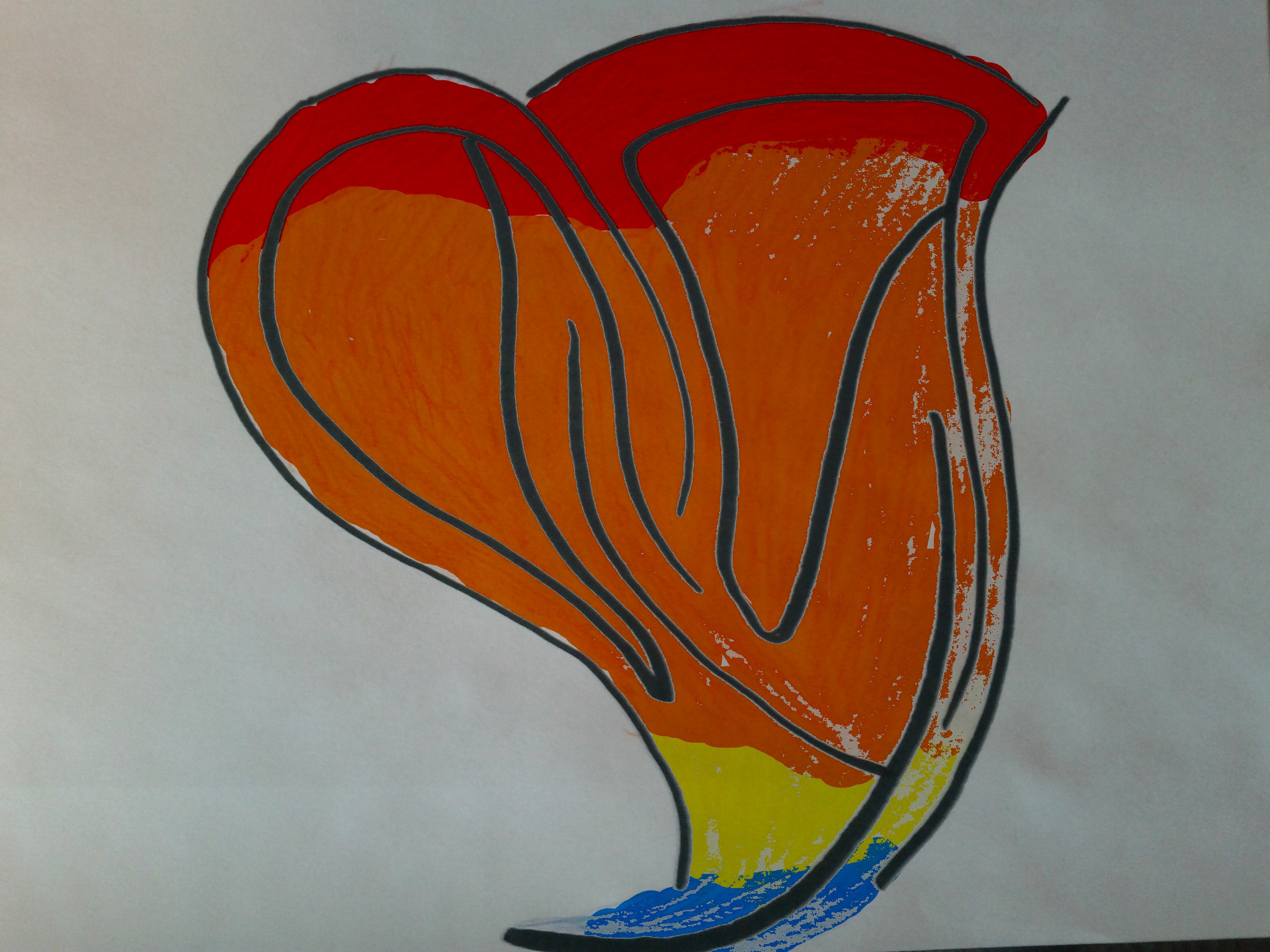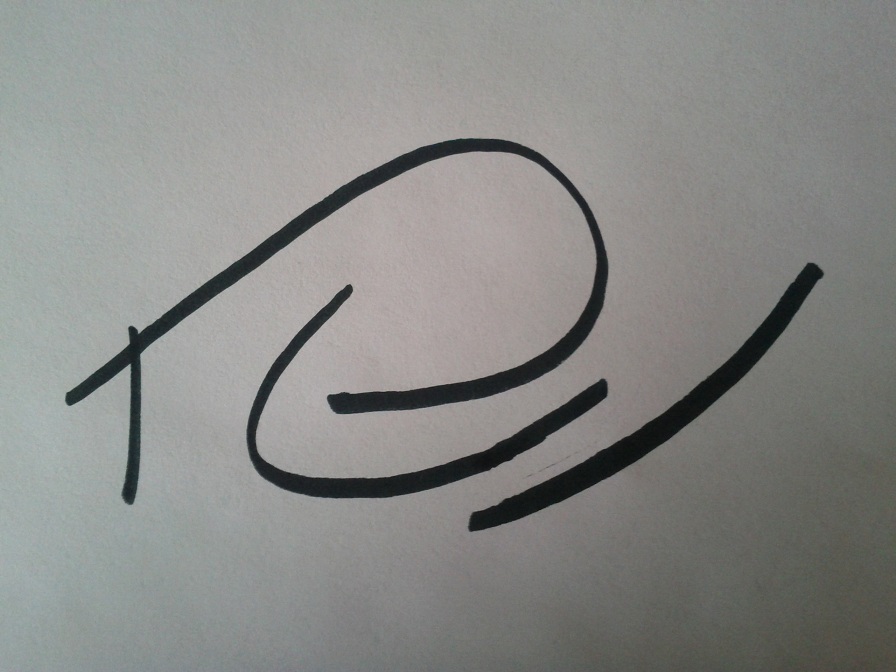Anthologica Universe Atlas / Universes / Miscellanea / Sebastic (Echqīli/Seqel) / A Reference Grammar / Orthography
Overview
While Sebastic is one of the longest-attested written languages of the world, and even has its own script, it has not maintained a consistent orthography.
Shortly after settling along the coast of Canaan, the Chiqqēl adopted the Phoenician alphabet to record their language. Only later did they actually use Canaanite dialects for administrative purposes, perhaps reflecting shifts in the level of proficiency of the Chiqqēl in foreign dialects.
As the Chiqqēl began to reassert their own identity while under the rule of the Kingdom of Israel, they also shifted away from the use of the Canaanite dialects. It was clear, however, that the Phoenician alphabet was inadequate for the Sebastic language. The Chiqqēl thus adapted the script into a variant that would become the Sebastic abjad.
The Sebastic abjad remained in use for several centuries, until it became more economical to adopt the Aramaic abjad.
In due time, they switched to the Serta script along with most of their Aramaic-speaking neighbors at the time.
Around the time of Emperor Justinian, the Chiqqēl adopted the Greek script to represent their language. Unlike with previous scripts, they failed to adapt the script to properly represent Chiqqēl phonology, although some minor, probably localized attempts have been preserved in some manuscripts. The Serta script seemed to remain in place in some personal letters for several more centuries.
Adaptations of the Arabic script for Seqel were adopted almost immediately after the Islamic conquests. Nonetheless, Arabic never replaced Greek as the common script until the 14th or 15th century, coinciding with a general decline of Sebastic as the everyday language of the community. Nevertheless, most literate Chiqqēl can still read the Greek script up through today, and which has remained the most important script in ecclesiastical matters.
The Arabic script remained in place until the turn of the 20th century, when a high number of Chiqqēl were educated by Western institutions, and adapted the Roman alphabet. Two variant scripts were created. Western-educated Chiqqēl began writing Sebastic in a transcription based on the Greek adaptation of Chiqqēl. By the 1920's, those who were educated by the West and were not only literate in Sebastic, but also studied the language, created a phonologically-based adaptation. This adaptation would become the primary way to read and write Sebastic in the second half of the century, alongside the formal education of Chiqqēl children in the Sebastic language. The Greek-based transcription would remain an informal alternative at first, but later gave way to a third adaptation, based on the standardized transcription, but still influenced by the Greek. This last adaptation was informal, but economical, and was used primarily in technology when it would prove difficult to use the standardized transcription.
The final orthographic manifestation of the Sebastic language was the Hebrew alphabet. Most Chiqqēl today have been formally educated in Hebrew, which is also the language of business and commerce. Sometimes, it is more convenient to write Chiqqēl in Hebrew, and quite often makes its appearance in text messages and social media. It is rarely used outside of personalized messages, however, and the Arabic script remains more popular.
Chiqqēl living between the Jordan and the Mediterranean are typically proficient in use of the Roman and Arabic scripts, with the ability at least to read Greek and Serta. Those on the Israeli side of the Green Line are also proficient in the Hebrew script. Chiqqēl in the diaspora tend to be familiar with the Roman script and literate in the Greek alphabet, and many communities are also proficient in the Arabic script.
In recent decades, an attempt to revive the Sebastic abjad has been underway as an expression of identity. Calligraphy in the Sebastic script is common in nationalistic art. However, the script is almost never used for economical or practical purposes.
Phoenician Abjad
Sebastic Abjad
Imperial Aramaic Abjad
Serta
Greek Alphabet
Arabic Abjad
Roman Alphabet
Hebrew Abjad
Calligraphy

An example of graffiti: "I love you" written in the shape of a heart.

The logogram for "God," popularly used in art, including, famously, Nikolā Nābilsī's depiction of a sea storm in "Dīnamisił".
read more see attachments (7 files)
